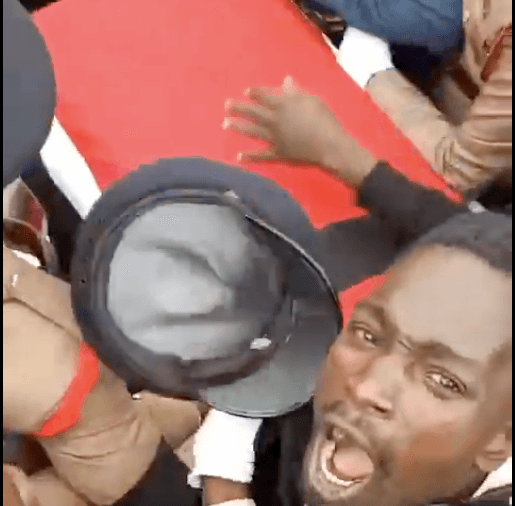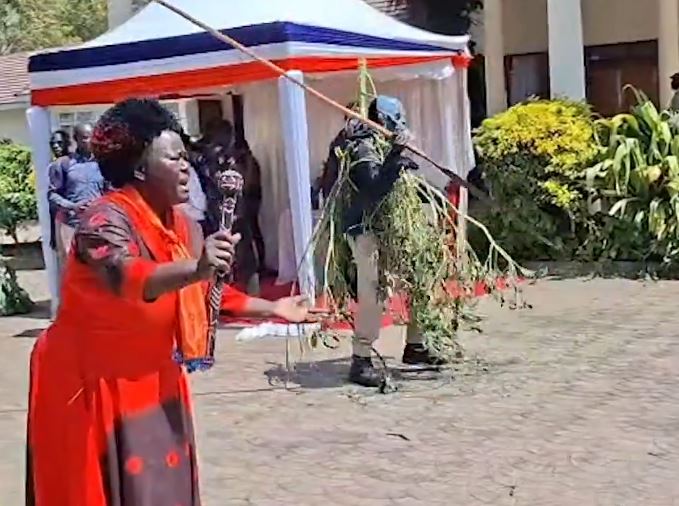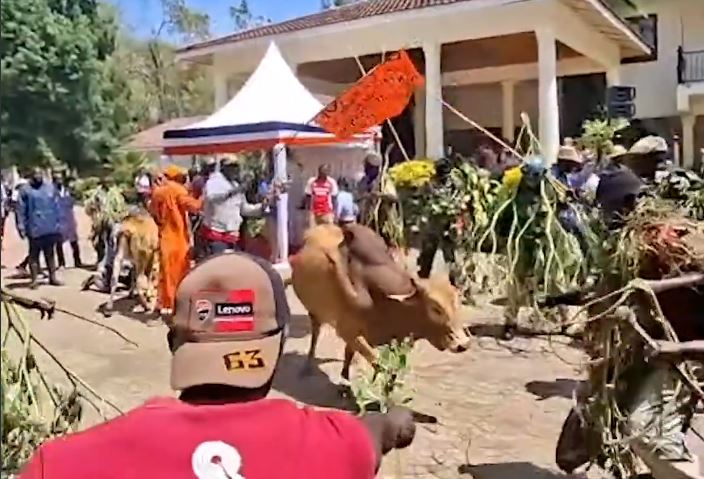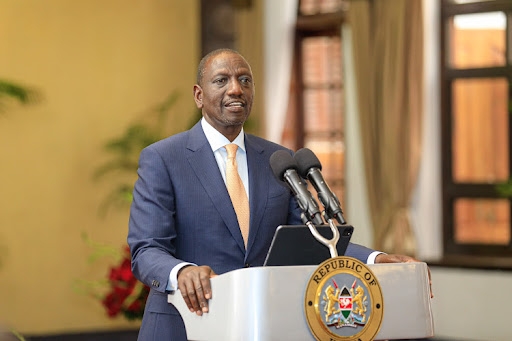

Luo elders perform 'Tero Buru' ritual at Raila Odinga’s
Opoda home in Siaya
Luo elders performed the traditional ‘Tero Buru’ ceremony at
Raila Odinga’s Opoda home in Siaya County, marking the community’s cultural
farewell to the late former Prime Minister.
The ritual, deeply
rooted in Luo customs, involved elders leading a procession around the
homestead while driving a bull, symbolizing the final journey of the departed
leader and the cleansing of the home.
Accompanied by
traditional songs, chants, and drumming, the ceremony reflected respect, unity,
and the community’s acknowledgment of Odinga’s legacy and status as a revered
statesman.
The event drew hundreds of mourners from across the region,
who joined in the symbolic ritual to honor Raila Odinga’s lifelong
contributions to Kenya’s democracy and leadership.
According to Luo tradition, Tero Buru serves both as a
cleansing and a send-off rite, ensuring that the spirit of the deceased rests
in peace while strengthening communal bonds among the living.
The ceremony at Opoda carried both spiritual and cultural
weight, representing the deep-rooted respect the Luo people hold for their
departed leaders.

In Luo culture, “Tero Buru” is one of the most important traditional ceremonies performed after the death of a prominent person, elder, or leader.
The phrase “Tero Buru” translates to “driving of the bull”, but its meaning goes far deeper than that; it symbolizes honour, respect, and farewell to the deceased.
“Tero Buru” is both a mourning and cleansing ceremony, held to celebrate the life of the departed and to mark their final journey from the living world.
Traditionally, it is performed after the burial, sometimes on the
same day or a few days later, depending on the family’s customs.
When a leader or respected elder dies, the ceremony takes on a larger, community-wide significance. It becomes a gathering of clans, neighbours, and well-wishers who come together to honour the deceased and to reinforce unity among the living.
The ceremony begins with men leading a procession through villages or homesteads while driving cattle, especially a bull, around the area.
The bull represents strength, leadership, and the spirit of the deceased. The act of driving it “tero” symbolizes sending off the spirit and cleansing the homestead of death.
The mourners often sing traditional dirges (sigalagala) and chants praising the deceased’s achievements. People beat drums, blow horns, and sometimes fire traditional weapons into the air to mark respect.
The songs and dances are not purely sorrowful; they are also celebratory, honouring the person’s legacy, bravery, and contributions to society.
In the context of a fallen leader, such as a political figure or community elder, Tero Buru serves as a public expression of loss and respect. It unites people from across regions and clans, reaffirming shared identity and continuity of leadership.
The ceremony also helps the community emotionally and spiritually transition after the death. It’s believed that Tero Buru prevents misfortune or unrest caused by an unsettled spirit, ensuring that the deceased rests in peace and the living are protected.
Today, Tero Buru has evolved but still retains its cultural essence. It may be performed alongside modern funeral rites, blending traditional Luo customs with religious and state ceremonies.
For national leaders, it is often attended by political figures, cultural groups, and citizens who join in honouring the departed with song, dance, and remembrance.
In essence, “Tero Buru” is not just a ritual it’s a symbol of respect, unity, and continuity in Luo culture. When a leader dies, it becomes a profound cultural statement: a collective farewell to a pillar of the community and a celebration of life that binds the people through shared tradition and memory.
The event drew hundreds of mourners from across the region, who joined in the symbolic ritual to honor Raila Odinga’s lifelong contributions to Kenya’s democracy and leadership.

















